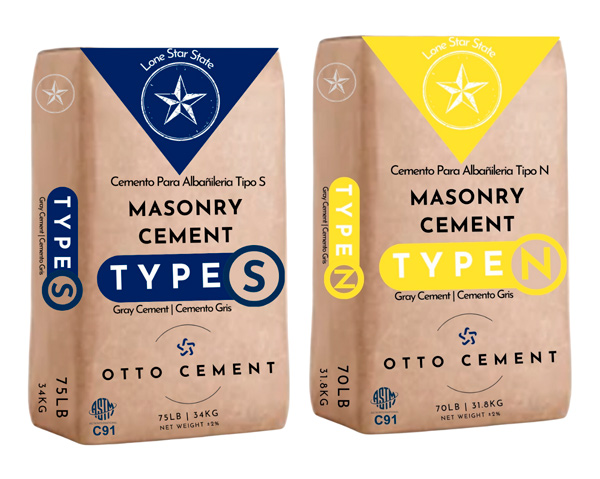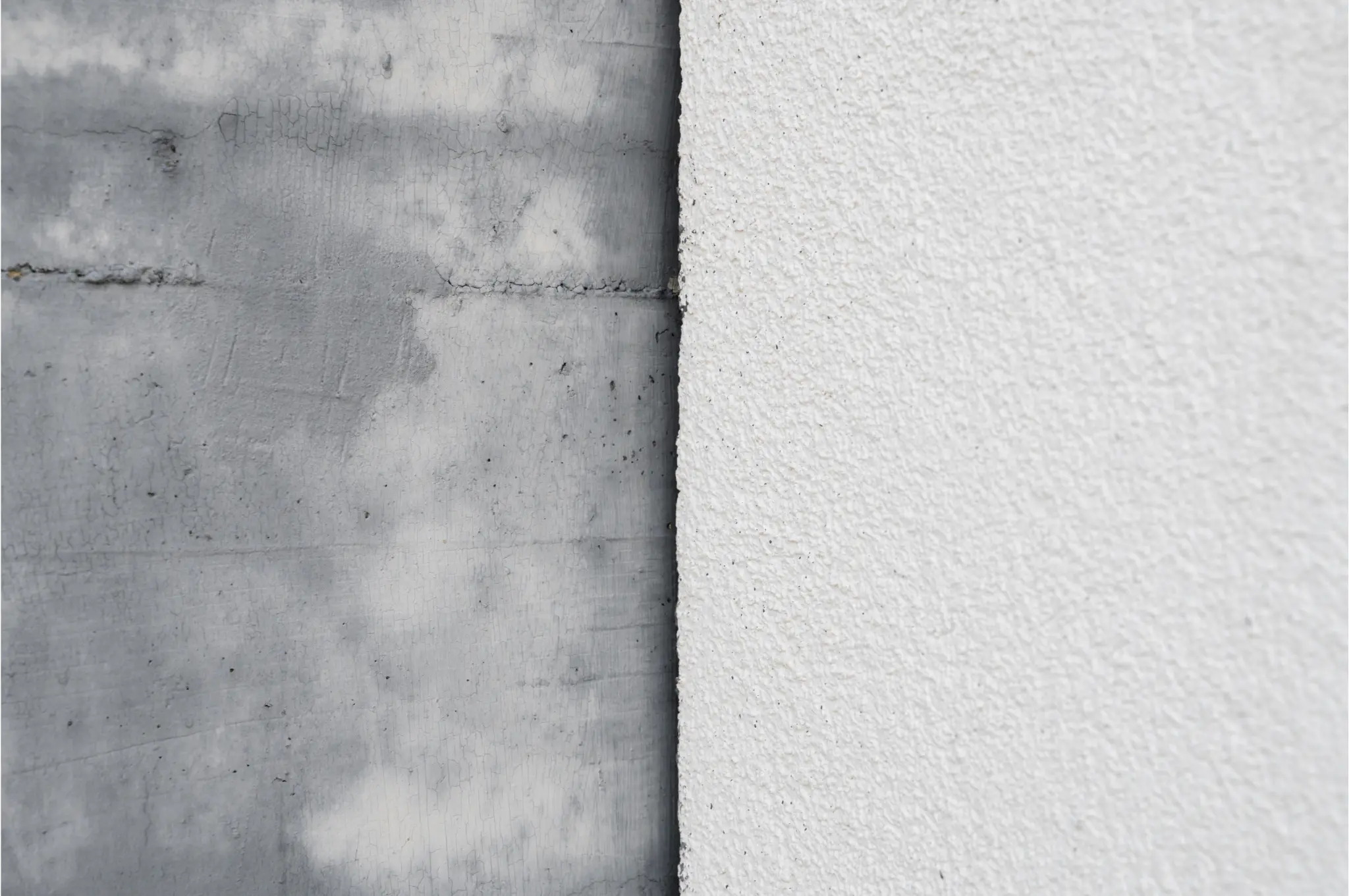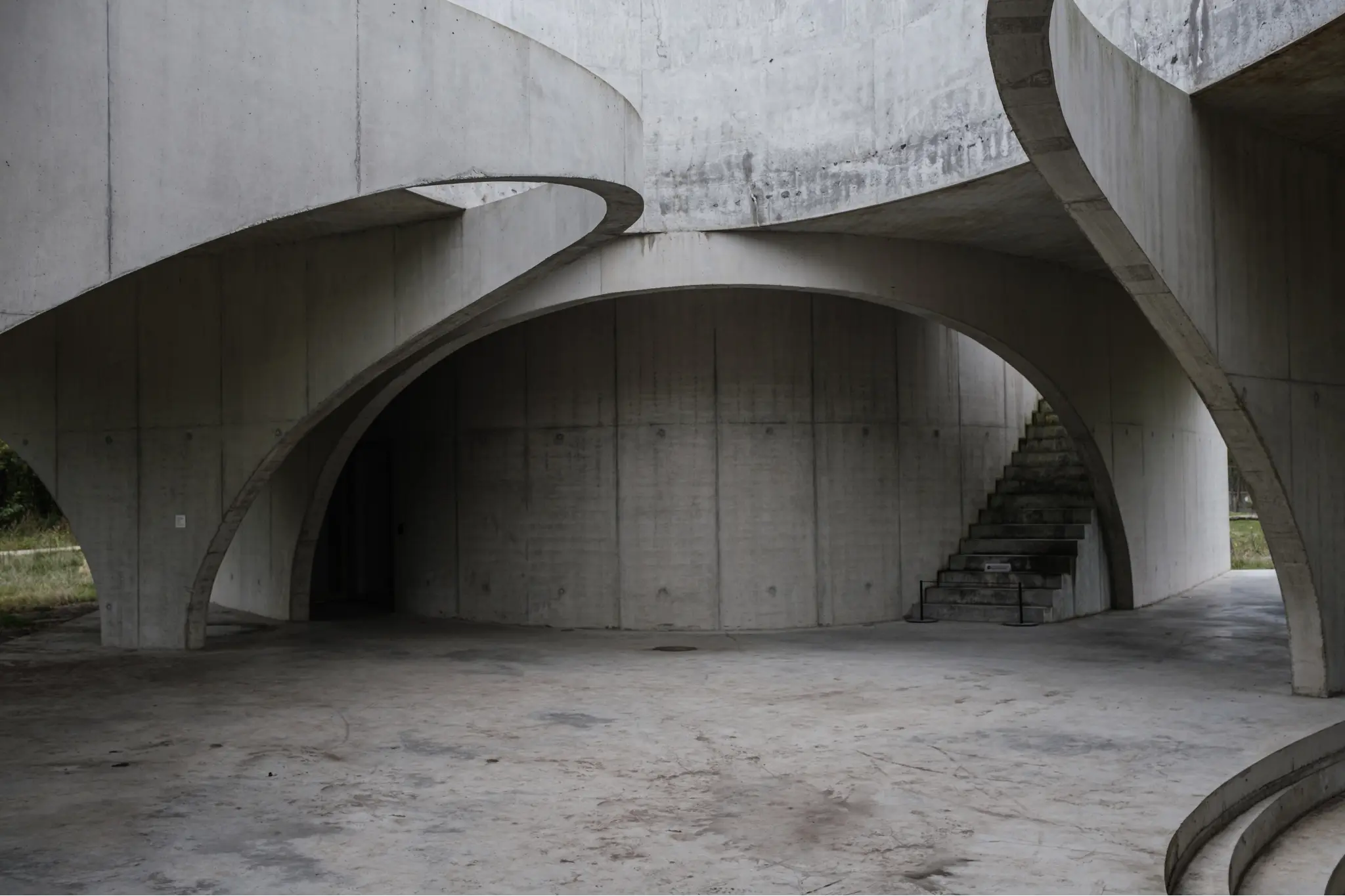Premium Gray Cement Solutions for Every Build
At Otto Cement, we supply high-quality gray cement products engineered to meet the rigorous demands of modern construction. Our extensive line of bagged cement, including gray Portland cement, limestone gray cement, and masonry gray cement (Types S and N), offers contractors and architects the flexibility and performance needed for a variety of structural and aesthetic applications.
Gray Portland Cement: Durable, Sustainable, and Versatile
Our gray Portland cement is a general-purpose cement that forms the backbone of countless construction projects. Designed to deliver consistent strength and performance, it is widely used in structural concrete, precast elements, infrastructure, and architectural finishes. Otto Cement’s gray Portland cement meets or exceeds ASTM C150 standards, ensuring it provides reliable results across diverse applications.
Key Applications:
- Highways, pavements, and bridges
- Building foundations and superstructures
- Ready-mix and precast concrete
- Commercial and residential construction
Benefits:
- High early and long-term strength
- Excellent compatibility with admixtures
- Reliable setting time and curing performance
- Sustainability features include reduced emissions and resource-efficient production
- Versatility for both load-bearing and decorative applications
Limestone Gray Cement: Environmentally Responsible and Architecturally Flexible
Otto Cement’s limestone gray cement incorporates a carefully controlled proportion of ground limestone to improve finish, reduce energy use, and enhance sustainability. As an eco-conscious alternative to traditional cement blends, it supports green building practices without compromising strength or appearance.
Ideal Uses:
- Eco-friendly construction projects
- Architectural precast elements
- Decorative concrete and facades
- Projects requiring improved texture and finish
Advantages:
- Lower carbon footprint than traditional Portland cement
- Enhanced surface finish and texture
- Improved plasticity and workability
- Meets LEED and other green building certification criteria
Masonry Gray Cement
Gray Masonry Cement: Type S and Type N for Superior Bond and Finish
Otto Cement provides two types of gray masonry cement, each formulated for specific masonry applications:
Type S Gray Masonry Cement
A high-strength masonry cement ideal for structural masonry projects. Composed of Portland cement, finely ground limestone, and performance-enhancing additives, Type S is designed for mortar requiring strong bond and compressive strength. It complies with ASTM C91 standards, ensuring suitability for load-bearing walls and critical installations.
Applications:
- Load-bearing block walls
- Retaining walls
- Foundations and exterior walls exposed to elements
Key Advantages:
- Enhanced workability
- High bond strength
- Resistant to cracking under structural loads
- Excellent for vertical construction
Limitations:
- Not recommended for high-sulfate environments without modification
- Should not be used in applications requiring chemical resistance or waterproofing without additives
Type N Gray Masonry Cement
Designed for lighter masonry applications, Type N offers improved workability and aesthetic finish for decorative walls and veneers. It is also used in specialty applications, such as glass fiber-reinforced surface bonding mortars and swimming pool structures, where appearance and finish are crucial.
Applications:
- Masonry veneers and decorative brickwork
- Above-grade exterior walls
- Interior block walls and garden features
- Swimming pool interiors and coping
Performance Features:
- Easy to apply and tool
- Smooth, cohesive finish
- Ideal for non-load-bearing masonry units
Why Choose Otto Cement?
Otto Cement’s commitment to quality composition, industry compliance, and product reliability makes us a trusted partner for cement-based construction needs. Our gray cement products are backed by rigorous quality control and designed to meet the highest industry standards, ensuring that every bag delivers on performance and durability.
Whether you’re laying a foundation, building a retaining wall, finishing a swimming pool, or crafting an architectural detail, Otto Cement offers the gray Portland cement, limestone gray cement, and masonry gray cement you need to get the job done right.
Explore our full range of bagged gray cement options by contacting us online today.
Frequently asked questions
Is gray cement the same as Portland cement?
Portland cement is the broad category for the most common type of hydraulic cement used as the primary binding material in concrete, mortar, grout, and stucco. The vast majority of Portland cement produced has a characteristic gray color due to the raw materials, like iron oxides, used in its manufacturing process. Because this version is so ubiquitous, the term “gray cement” has become a common synonym for standard Portland cement. Therefore, while other colors like white Portland cement exist, when people refer to “gray cement,” they are almost always talking about the common form of Portland cement.
Are there strength differences between gray and white cement?
The distinct color of gray cement comes from the presence of iron and manganese oxides in the raw materials used during its production. To create white cement, manufacturers use raw materials with very low levels of these coloring agents, such as white clay and limestone. This selection and manufacturing process is more expensive, but it does not inherently compromise the final strength. Whether used for structural concrete or mortar, both white and gray cement are produced to meet the same performance standards for their designated type, ensuring reliability regardless of color.
What are the typical applications for gray cement?
Typical applications include producing ready-mix concrete for foundations, slabs, beams, and columns in buildings of all sizes. It is the key ingredient in the mortar used for laying bricks and concrete masonry units (CMU), commonly known as blocks. Furthermore, gray cement is essential for creating durable pavements, roads, sidewalks, and curbs. The precast concrete industry also relies heavily on it to manufacture everything from structural panels and pipes to decorative landscape elements, making it a cornerstone of modern construction.
Does gray cement work with integral color and polished floors?
For integral coloring, pigments are added directly to the concrete mix. When using a gray cement base, the resulting colors will be more muted, earthy, or darker in tone. For example, a red pigment in a gray cement mix will produce a deep brick or maroon shade. It is crucial to specify the pigment load carefully to achieve the desired hue. If vibrant or light colors are required, a white cement base is recommended as it provides a neutral canvas, allowing the pigment’s true chroma to show. Concrete made with gray cement can also be polished to a high sheen, revealing the aggregate and creating a durable, attractive surface.



